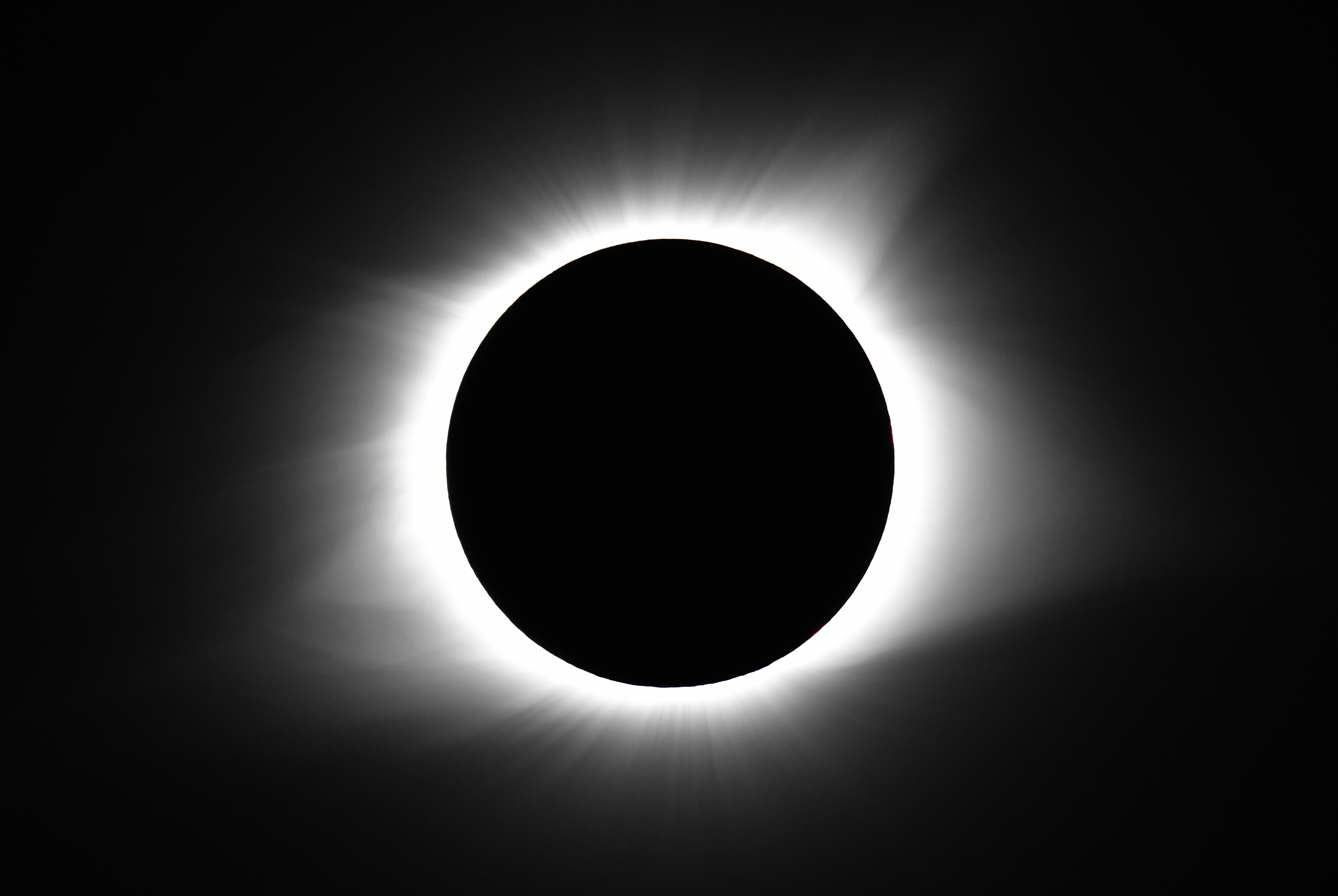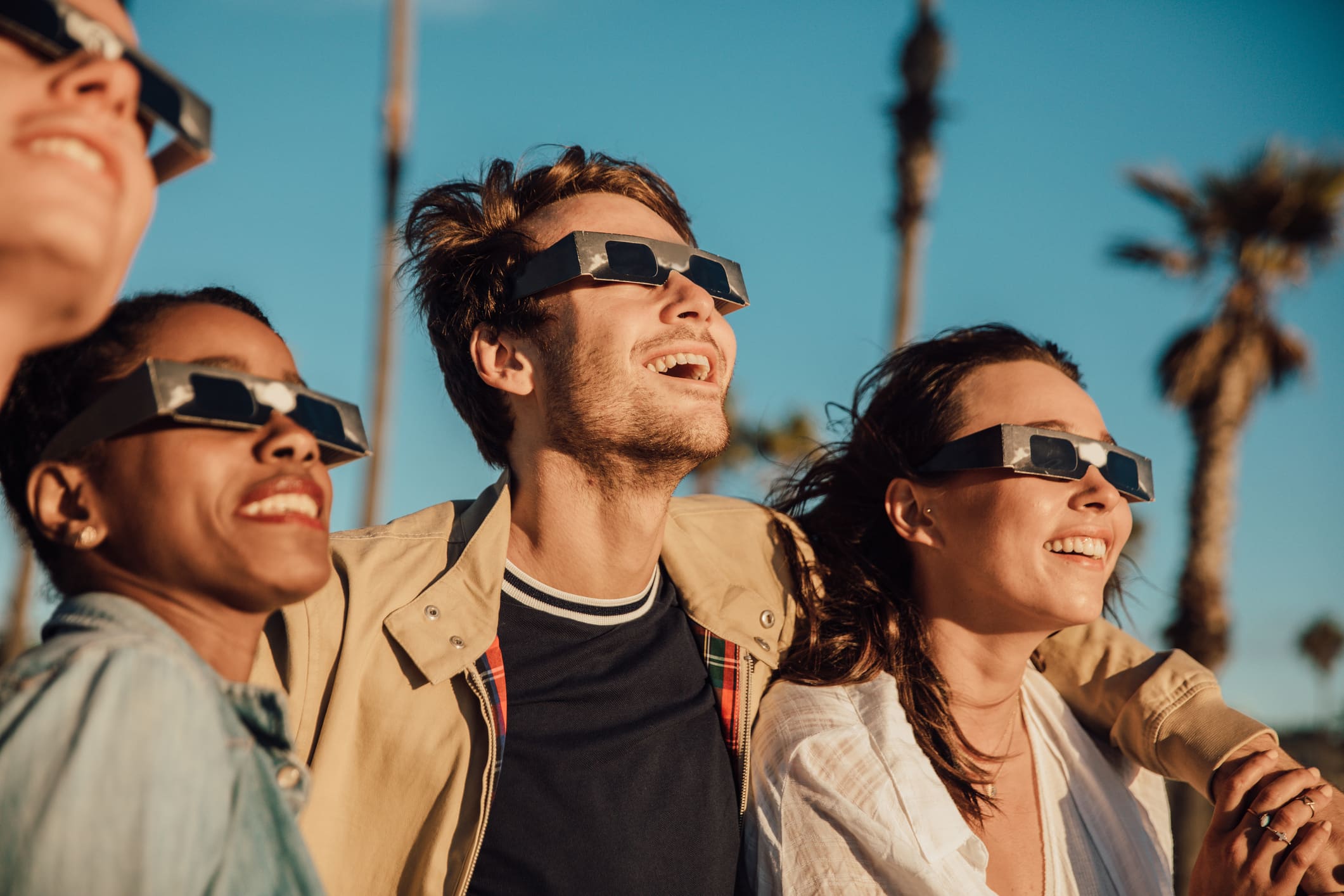What to know about the April 2024 solar eclipse
- A solar eclipse will occur on April 8, 2024, visible to some extent across much of the U.S.
- The path of totality will begin for the U.S. in southern Texas and arc toward the northeast, crossing through parts of Illinois, Ohio, New York, New Hampshire, Vermont and Maine.
- The next total solar eclipse that will be seen from the contiguous U.S. will be on Aug. 23, 2044, according to NASA.
A solar eclipse is one of the most amazing phenomena people can see from Earth, and many Americans will be able to view one as it traverses parts of the United States on April 8.
The moon slowly covers the sun, creating a life-changing sight that goes away in minutes or even seconds.
What if you want to capture the moment for posterity? How can you best take photos of a solar eclipse?
Get a weekly recap of the latest San Francisco Bay Area housing news. Sign up for NBC Bay Area’s Housing Deconstructed newsletter.
Expert photographers who frequently capture incredible images of space while firmly on the ground say even amateurs can try their hand at capturing the eclipse.
Can you take a picture of the solar eclipse with a cellphone?
Andrew McCarthy, an astrophotographer who shares his space images on Instagram @Cosmic_Background, said it is possible to take a picture of the solar eclipse, and while it may not make for the most dramatic images, you can even do it on your cellphone.
"It will be a challenge if you only have a phone," McCarthy said. "And the reason for that is phones generally don't handle shots with a lot of dynamic range."
However, some apps on your phone, such as ProCamera (iOS only) and ProShot, allow for exposure control, which makes it possible to see the solar corona, the outermost part of the sun's atmosphere. While usually hidden from view by the bright light of the sun's surface, during an eclipse, that corona can be seen, looking like a ring around the eclipsed sun.
The best way to take a photo to see the solar corona is to bring the exposure control all the way down on the app you are using, that way the light shining elsewhere does not get in the way of focusing on the solar eclipse.
"If you can put the exposure down, you'll actually see it as what it is," McCarthy said of the solar eclipse. "Basically a black circle with light coming out from around it."
McCarthy also said that if people are able to, they can get an even better photo of the solar eclipse using a more professional camera.
More on the solar eclipse
What cameras can take pictures of the solar eclipse?
A simple camera such as a digital single-lens reflex camera, or a DSLR, can capture the solar eclipse, McCarthy said.
A DSLR camera will be able to better control exposures, and the longer the focal length the more detail of the area around the sun can be captured, including an area harder to pick up than the solar corona known as a solar prominence.
McCarthy said he plans to use a 350 mm focal length telescope to take pictures of the solar eclipse next month, but he said a basic telephoto lens can reach out just as far as his.
"There's actually no wrong answers here because the corona of the sun extends so far out into space that almost any focal length camera will work if it is exposed properly," McCarthy said.
How can photos of the solar eclipse be taken safely?
Most of the solar eclipse must be safely seen through solar filters, either placed on a telescope or camera or on your eyes via solar eclipse glasses.
The only time it is OK to take off the filters and take a picture is when the solar eclipse is at totality, which is when the moon is completely covering the sun. When parts of the sun are shining through the moon, that is when the light can damage a person's eyes.
The solar eclipse can last in totality for a few seconds or up to a few minutes, depending on what your location on what NASA calls the path of totality you are.
"Know in your area exactly how long you can have those things off and make sure to put them back on before the sun pops out again on the other side of the moon," McCarthy said.
Should you try to take the 'perfect' shot of the solar eclipse?
Seeing a solar eclipse is such a rare and amazing experience that you really should focus on seeing it visually, McCarthy said.
McCarthy recommends people get a remote shutter to automatically take the photos when it is time to capture the solar eclipse, that way people can visually see the whole eclipse themselves and get photos.
"Seeing the eclipse with your naked eye is one of the most profound visual experiences you will ever experience in your life," McCarthy said. "In that moment where the moon covers the sun, you get a very strong sense of our place in the universe.
Text written by Brendan Brightman



